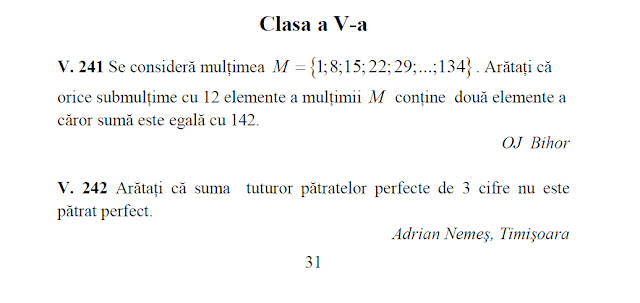Given a triangle $ABC$ and a straight line $s$ that does not pass through any of its vertices.
The line $s$ should intersect the lines determined by the sides of the triangle at the points $M,\;N,\;P$ as in the figure. (According to the position of the line $s$ in front of
the triangle, we can have one or all three of these intersection points on the extensions of the sides of the triangle.)
We will consider some vectors associated with this configuration : $\overrightarrow{AP},\;\overrightarrow {BM},\;\overrightarrow{CN}.$ The points $P,\;A,\;B\;$ being collinear, and so are $B,\;M,\;C\;$ as well as $A,\;C,\;N\;$, we can find some scalars $\alpha,\;\beta,\;\gamma\;$ so that (see "Barycentric coordinate on the Straight Line"):$$\color {Red} {\overrightarrow{AP}=\gamma \cdot \overrightarrow{AB}},\;\;\overrightarrow{BP}=(\gamma-1)\overrightarrow{AB},\;\;\frac{\overline{PA}}{\overline{PB}}=\frac{\gamma}{\gamma-1} \tag{1}$$
$$\color {Red}{\overrightarrow{BM}=\alpha \cdot \overrightarrow{BC}},\;\;\overrightarrow{CM}=(\alpha-1)\overrightarrow{BC},\;\;\frac{\overline{MB}}{\overline{MC}}=\frac{\alpha}{\alpha-1} \tag{2}$$
$$\overrightarrow{CN}=\beta \cdot \overrightarrow {CA},\;\;\overrightarrow{AN}=(\beta-1)\overrightarrow{CA},\;\;\frac{\overline{NC}}{\overline{NA}}=\frac{\beta}{\beta-1} \tag{3}$$
(will continue)



